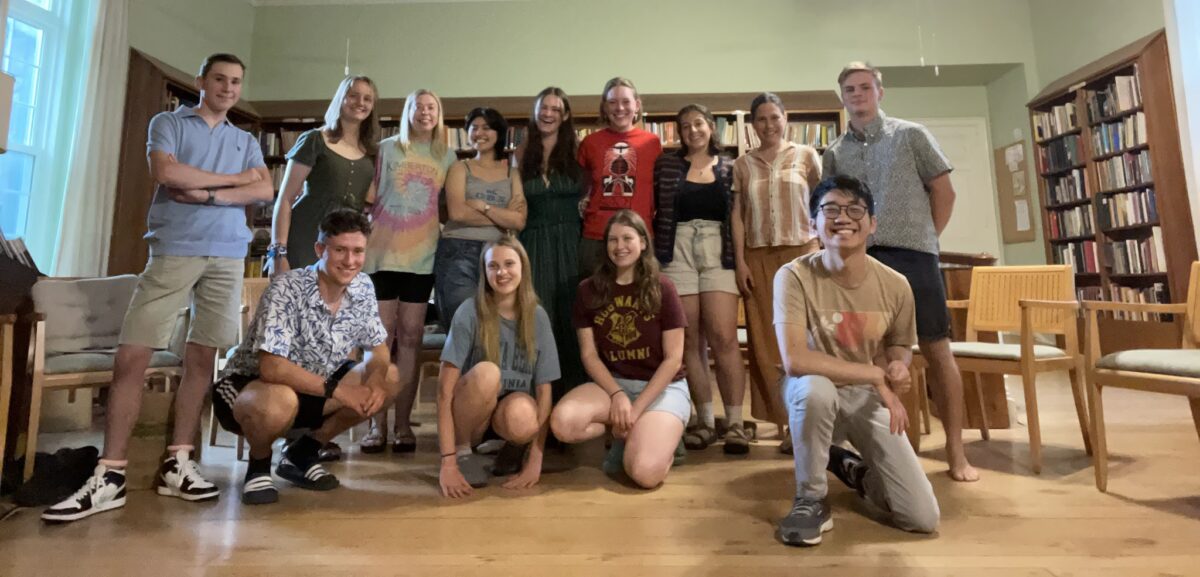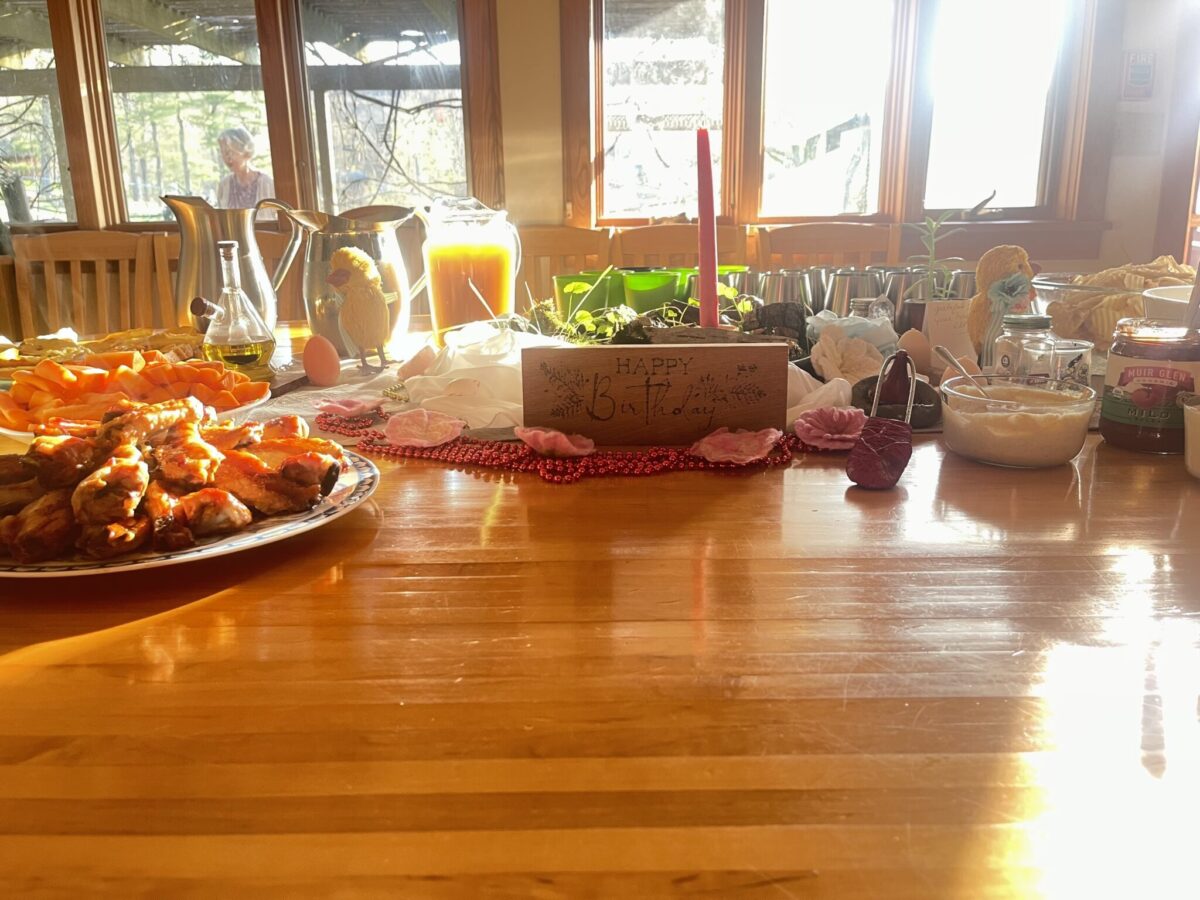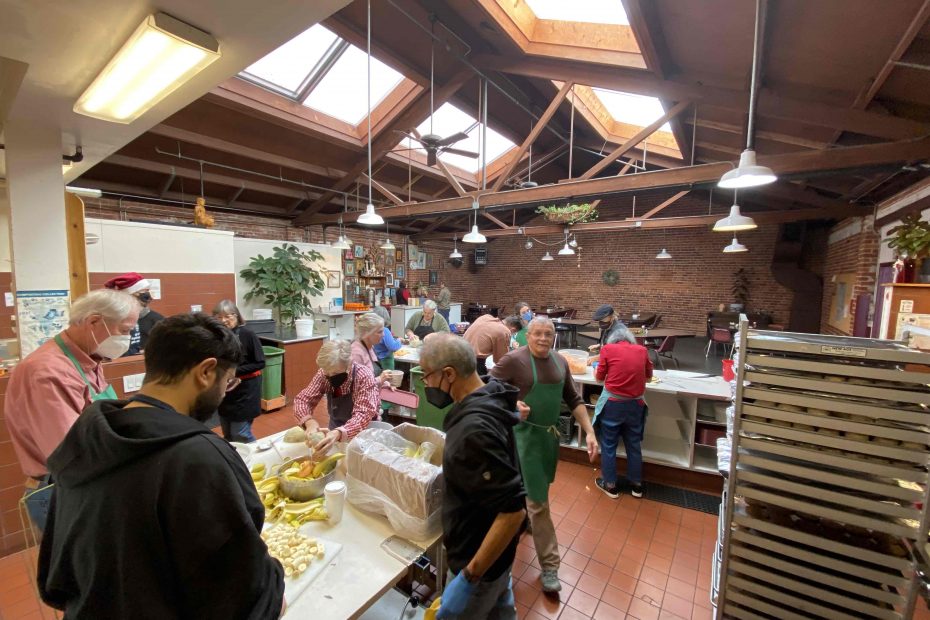Before my interview, I was 50% sure Camphill Kimberton was a cult.
“We are a silent village, meditation is a big part of our… lifestyle. We also encourage newcomers to disconnect from technology and connect with the world around us. I don’t know how much you know about us but we follow the teachings of our founder in all aspects of life here… we are also affiliated with the ‘Christian’ community although we practice all religions.”
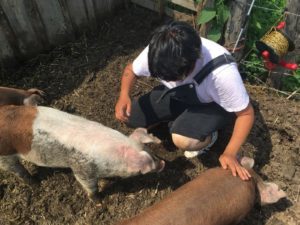
After my interview, I was 90% sure Camphill Kimberton was a cult.
Kimberton Hills Village is located in the middle of nowhere Pennsylvania. The entrance is on a backcountry road and the only indicator of activity is a small worn-out sign that reads “CAFE INSIDE.” Once inside, there is a whole village full of houses, farms, cafes, shops, and gardens. It can take you 20 minutes of walking to get from one end of the village to the other. Everything is well kept, the air is fresh, and bird calls can be heard all around.
After arriving at Camphill Kimberton, I was 99% sure it was a cult.
Camphill Village is a small community with a focus on therapeutic life-sharing for people with and without learning disabilities.
I work in a biodynamic garden that provides fruits and vegetables to the entire village. Biodynamic gardening is all about recognizing the spiritual side of farming, connecting with mother nature, and being balanced. To the untrained eye, it looks like witchcraft.
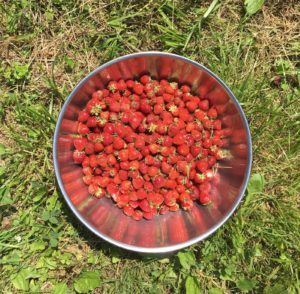
It means harmonizing soil with climate and planting irregular seeds, or seeds from any crop that is not native. There is also an emphasis on keeping soil as healthy as possible, which includes curing compost; rotating, covering, and diversifying crops; controlling drainage; and airing out the soil.
Animals also play an important part; in biodynamic farming, we generate our own fertilizer and compost, so healthy animal manure is vital. We also practice rotational grazing patterns where large herbivores (such as cows or horses) graze pastures in a certain pattern and for a certain amount of time which helps the legumes in grass grow, which in turn ensures healthy soil.
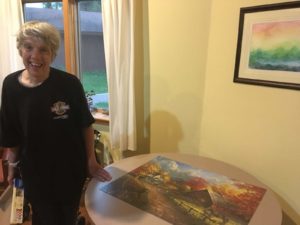
Biodynamic farming has many rules and specific ways to do things, but that doesn’t excuse gatekeeping. Almost everybody physically able to work at the garden has worked there at least once, and we like to include the village in the work to strengthen the relationship between the farm, community, and our food.
Despite being told that it was a “quiet” village and my initial introduction to the place, it’s a pretty noisy place if you know where to look. The village can be stressful, noisy, and infuriating, just as it’s fun, relaxing, and amazing. I’ve been here for six months and, hopefully, I can return for more time in the future.
I’m still not fully convinced it’s not a cult though.
Some videos from my time at Camphill Kimberton:



